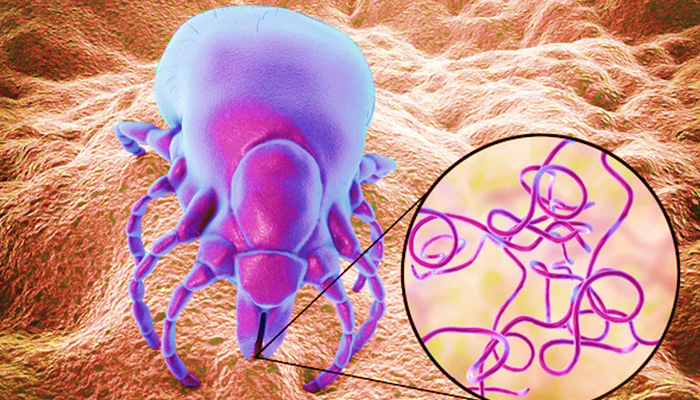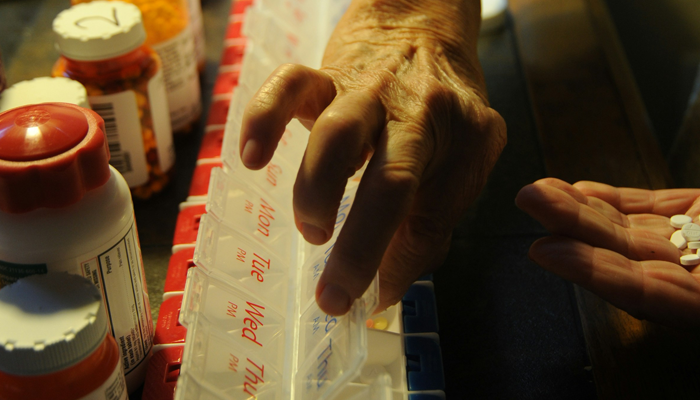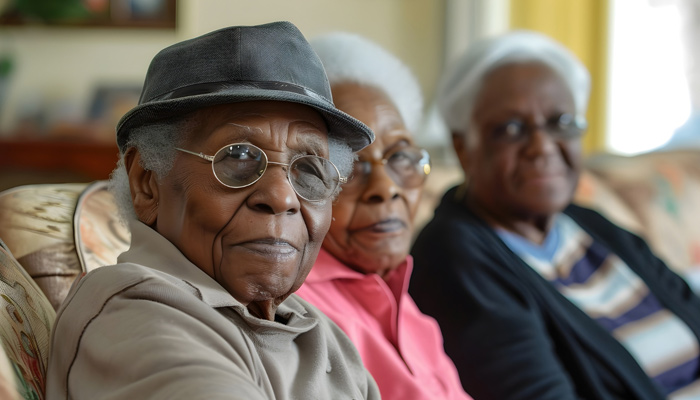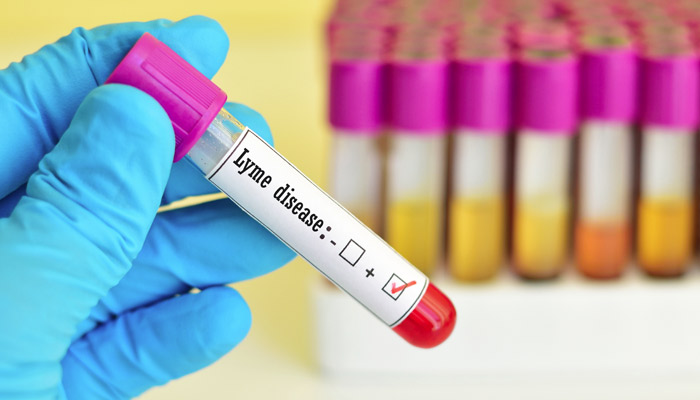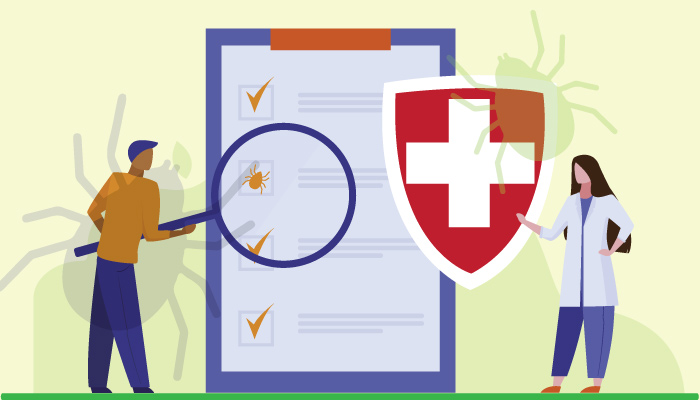Population & Community Health
POPULATION & COMMUNITY HEALTH: QUICK LINKS:
Marijuana Linked to Decline in Anti-Anxiety Prescriptions
The alternative treatment may provide easier access to relief—This trend suggests that increased, legal access to cannabis may be influencing treatment choices for anxiety disorders.
Expanded Newborn Screening Using Genome Sequencing for Early Actionable Conditions
Early screening enables the diagnosis of conditions within days of birth—Results can provide the opportunity for early treatment prior to the onset of symptoms and irreversible effects.
COVID in the Brain, COVID in the Membrane
What we know about COVID-19’s impact on your brain.—Scientists are worried that persisting cognitive issues may signal a coming surge of dementia and other mental conditions. A February 2024 study of nearly 113,000 people found greater deficits in memory and executive function among people who had been infected at some point compared with those who had never had the SARS-CoV-2 virus.
NIH-sponsored Trial of Nasal COVID-19 Vaccine Opens
Candidate vaccine could provide enhanced breadth of protection against emerging SARS-CoV-2 variants.—“While first-generation COVID-19 vaccines continue to be effective at preventing severe illness, hospitalizations and death, they are less successful at preventing infection and milder forms of disease.”
Landmark Discovery Solves Baffling Mystery Around Gulf War Illness in Veterans
We can’t track down and follow up every theory that comes along. But maybe if we listen better we won’t have to clean up the mess later.—Research reveals the cell structures integral for transporting calcium into cells, known as transient receptor potential ion channels, are defective in veterans with Gulf War Syndrome (GWS). GWS affects between 25 to 32 percent of the nearly one million veterans who were deployed during the Gulf War.
Mounting Costs Push Assisted-living Centers in Florida into Bankruptcy
Drawn to the state’s warm weather and low taxes, boomers have been piling into the retirement haven for years, leaving it with one of the most elderly populations in the U.S.—Palm Garden Healthcare shuttered its assisted-living facility earlier this year because of skyrocketing costs, said President and CEO Rob Greene. The property insurance bill for his 14-location nursing home chain more than doubled in two years to $2.2 million.
It Doesn’t ALL Have to Be Bad News…
Despite global challenges, significant progress has been made in reducing child mortality rates, offering a beacon of hope and a testament to the power of healthcare advancements and humanitarian efforts.—Child mortality rates have significantly decreased over the past few decades, reflecting improvements in healthcare, nutrition, and living conditions worldwide. This positive trend showcases the impact of concerted efforts by governments, NGOs, and communities to protect the youngest and most vulnerable. The decline in child mortality is a reminder that collective action can lead to meaningful change, offering a hopeful perspective amidst global challenges.





